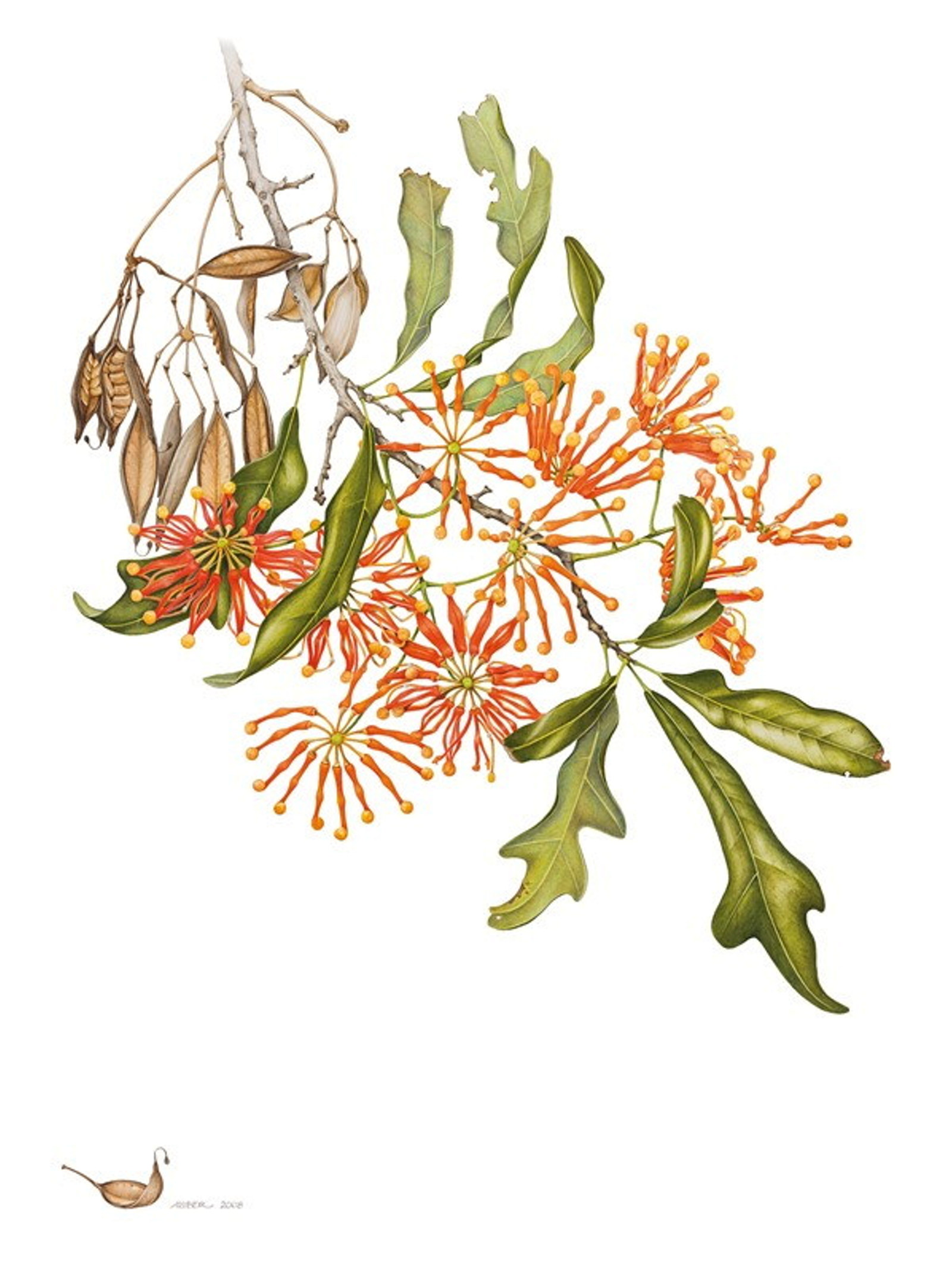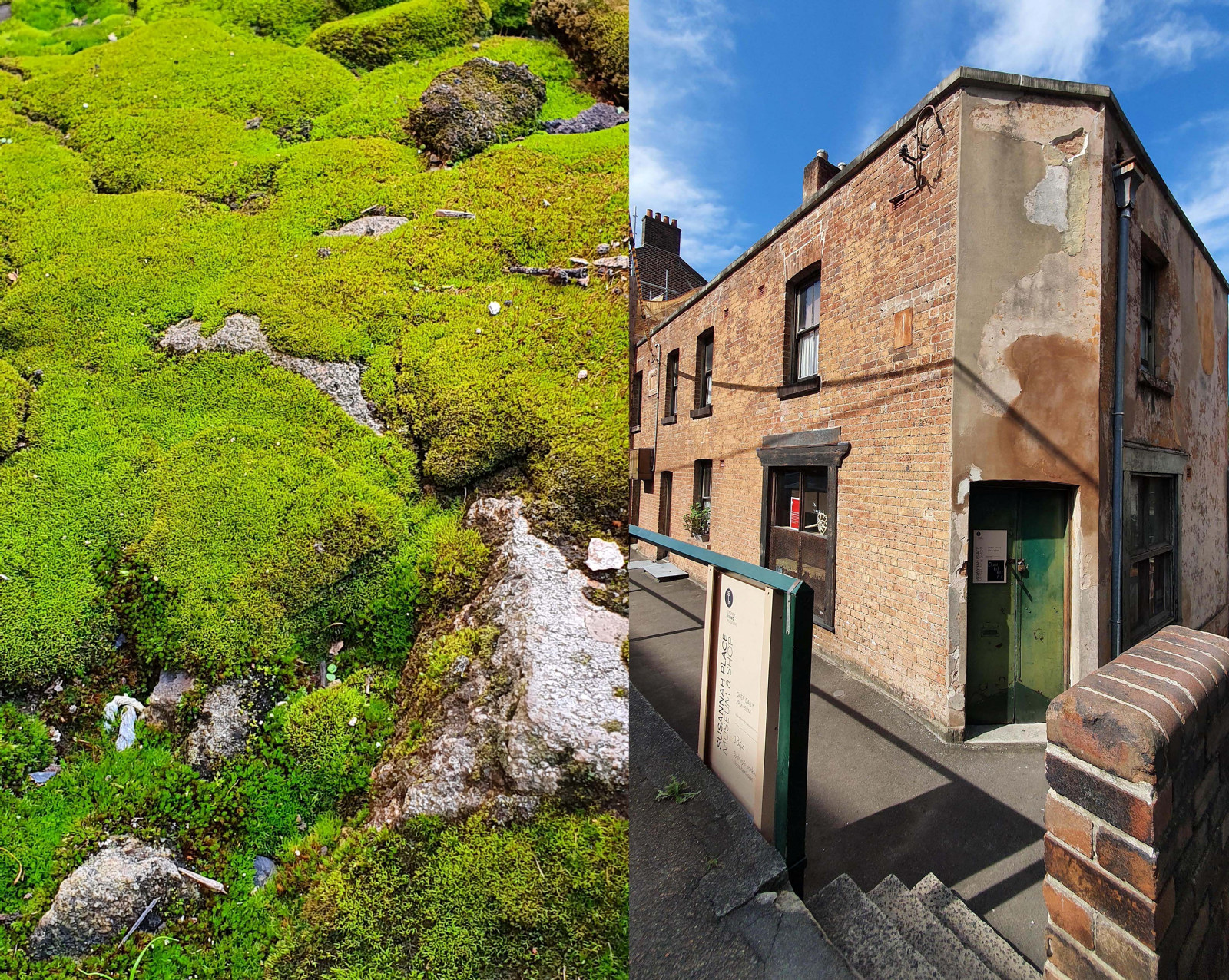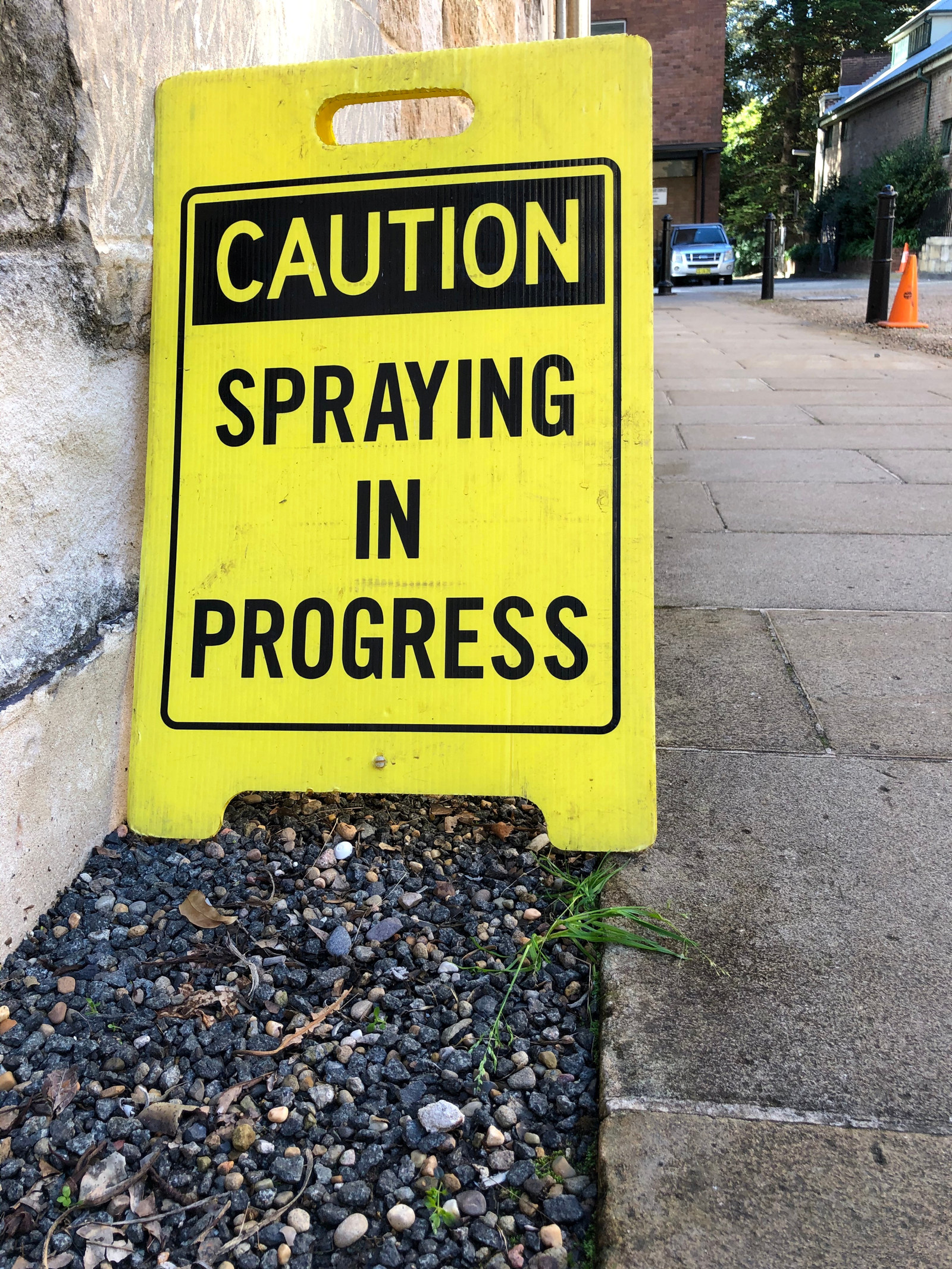The incredible Chinese elm tree at Elizabeth Farm
At Museums of History NSW our gardens are living links with the past. This is especially true of the venerable Chinese Elm Tree at Elizabeth Farm.
The Chinese Elm Tree (Ulmus parvifolia) is believed to have been planted around 1850. It may have been planted by Elizabeth Macarthur or one of her sons. It is one of the oldest mid- century European plantings in Australia and is included in the statement of significance for Elizabeth Farm in the NSW Heritage Register. The Elm is a great example of the connections between Sydney and Asia in the nineteenth century. It is typically quite a tough species, able to withstand many difficult conditions. It thrived when first introduced to Australia due to our year-round exposure to the sun. Chinese Elms are often seen in colonial-era gardens across the county of Cumberland and are a signature species.
Incredibly, this tree has survived 150 years at Elizabeth Farm, but it hasn’t all been smooth sailing. In the 1970s the tree began to lean, a common habit of old Chinese Elms. By the 1980s it was pronounced enough to warrant concern that the tree might collapse under its own weight. Arborist Ralph Clark, then one of Australia’s leading experts on how to care for old trees, proposed timber props to support its long low-hanging branches based on common English practice. Accompanying this was extensive canopy reduction to reduce the weight bearing on the tree. We believe it may have been the first time a tree was propped up in this way in Australia. Over the years the tree has developed longitudinal spiral fractures that have healed over time, testament to its ability to repair itself. Spiral fractures are often a feature of long horizontally trending branches, and is caused by a twisting motion under wind loads. It can also be seen in figs, oaks, crepe myrtles and taxodiums.
In 2017 heavy rainfall & fierce winds caused a spiral fracture in the limb of the tree to split and open, resting one of the heavy branches on the ground. Thankfully, there was no sign of uprooting or any other damage. The installation of new steel support props accompanied by selective pruning and end weight reduction has saved the tree from further movement and damage. With careful management the tree should continue to enjoy a strong healthy life for many years to come.
Published on
Plant your history
Browse all
Florilegium plants
A gathering of flowers: the Florilegium collection
Finely detailed botanical artworks reveal the range of plants introduced to Sydney’s gardens over the past 200 years

Plant your history
A mossy analogy for Susannah Place: small but mighty
Mosses are everywhere! They are small, mighty, unsung and inhabit the most unusual places. They can be found in all our museum outdoor spaces if one looks closely enough

Plant your history
A new weapon in the war on weeds
A black and yellow sign warns me there is “Spraying in Progress”, and I wonder for a moment why no one is wearing a mask, or even gloves. But the dangerous looking mist enveloping these men is not what it seems

Plant your history
Acanthus - an apt symbol for The Mint
Look at any classical building today, anywhere in the world and chances are you will find an acanthus leaf lurking somewhere
